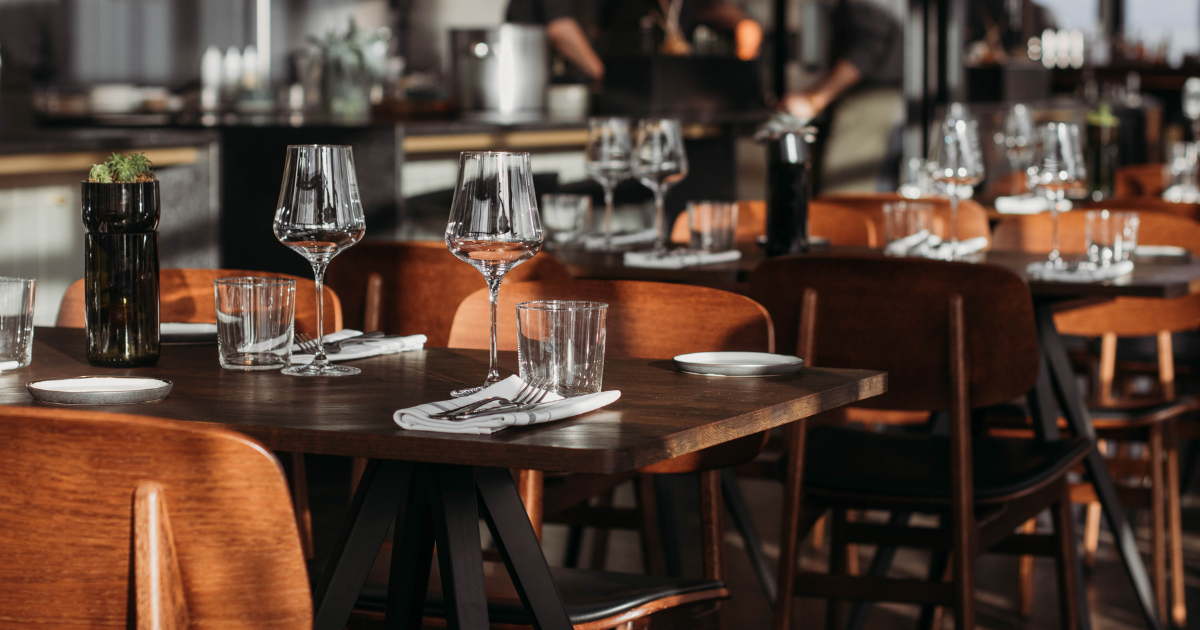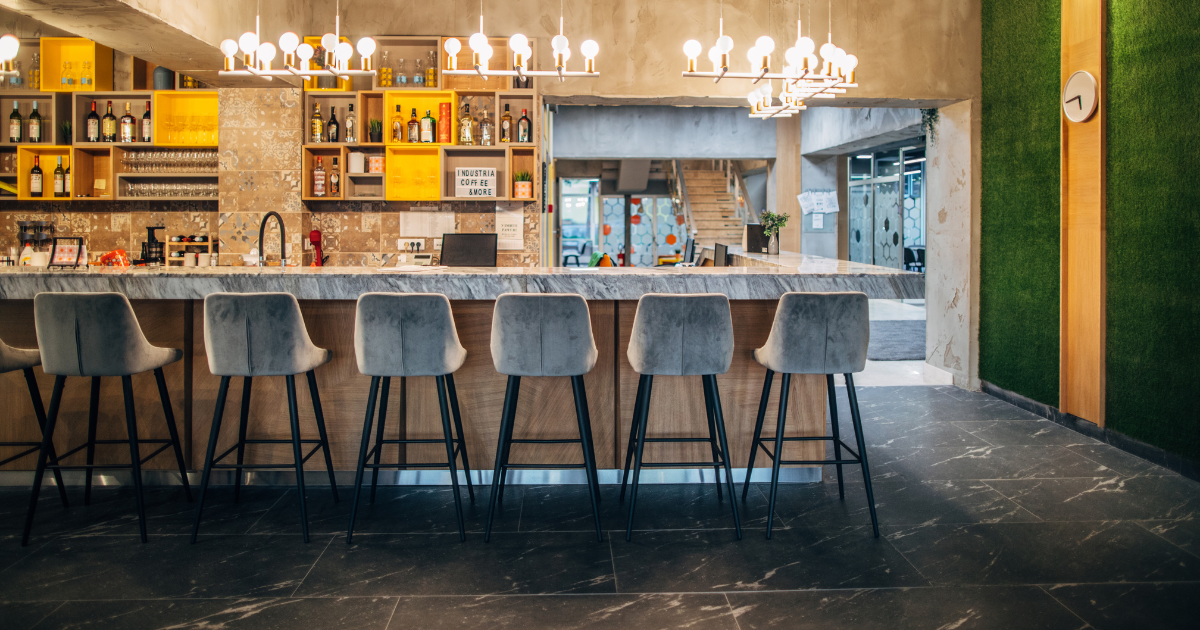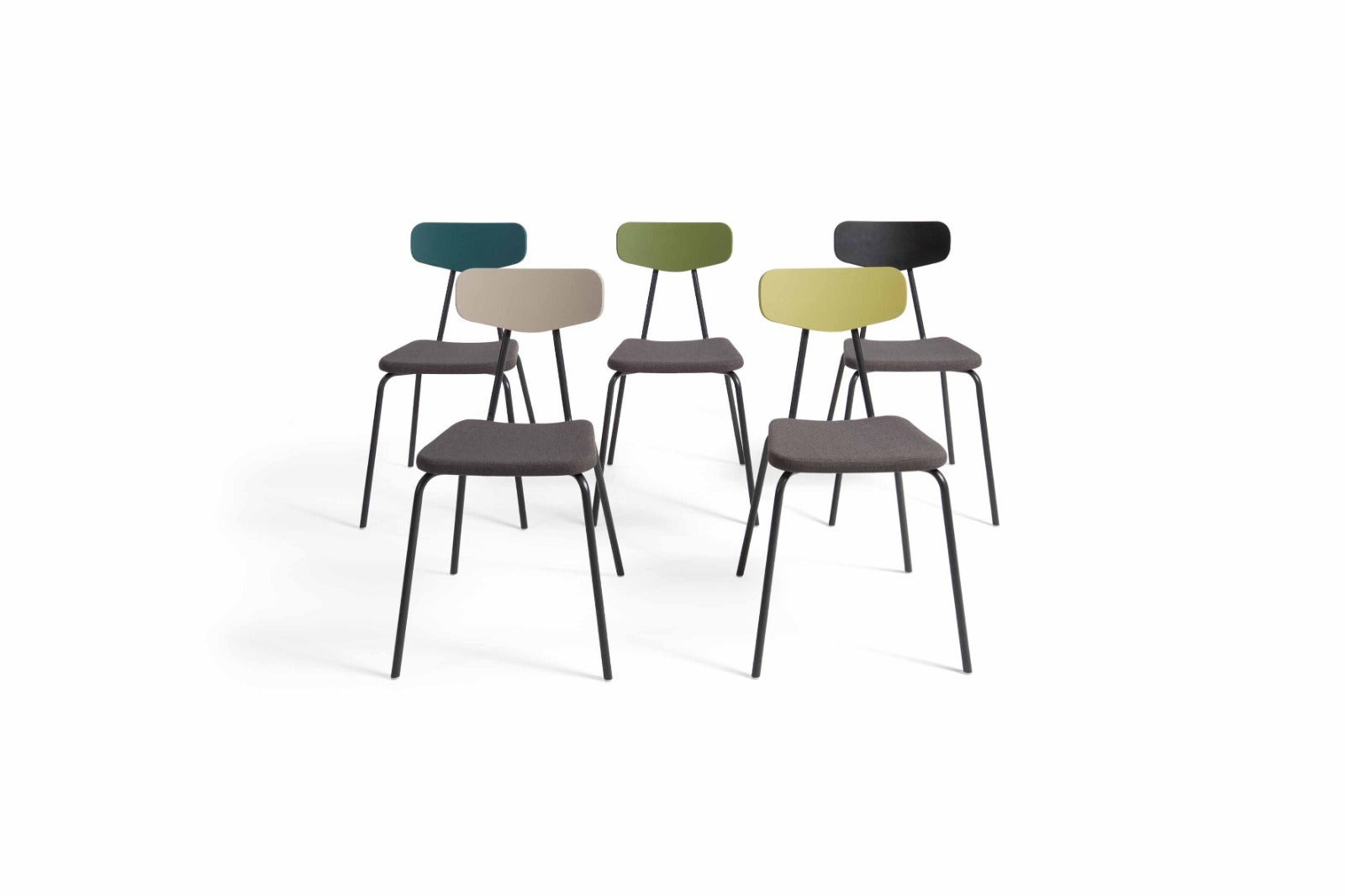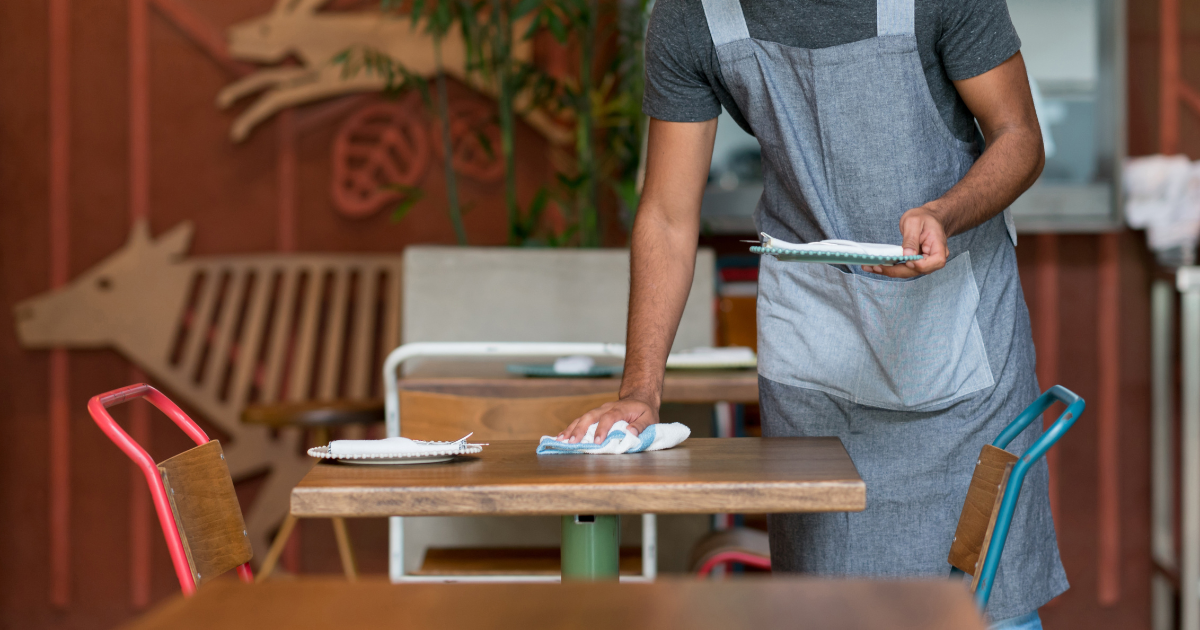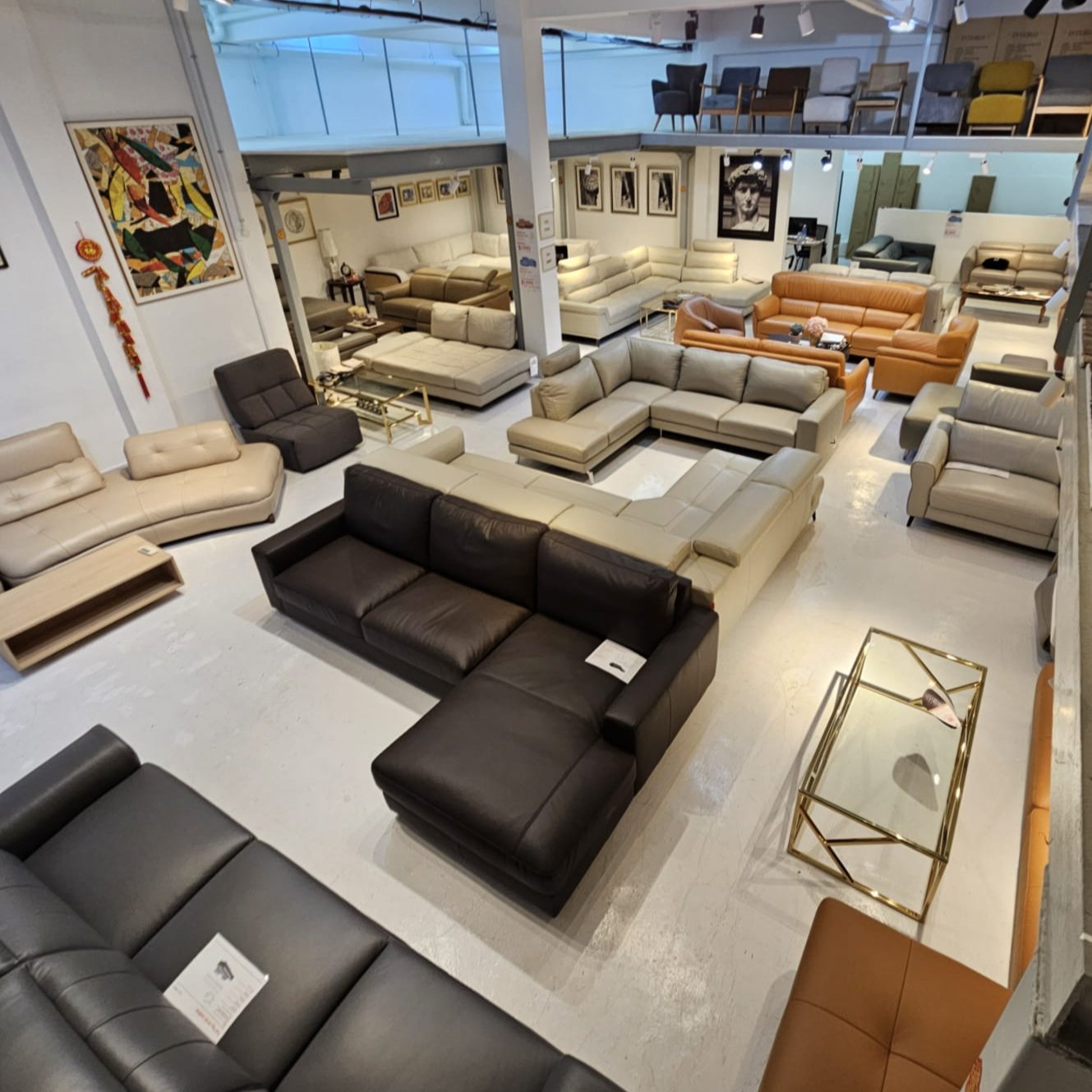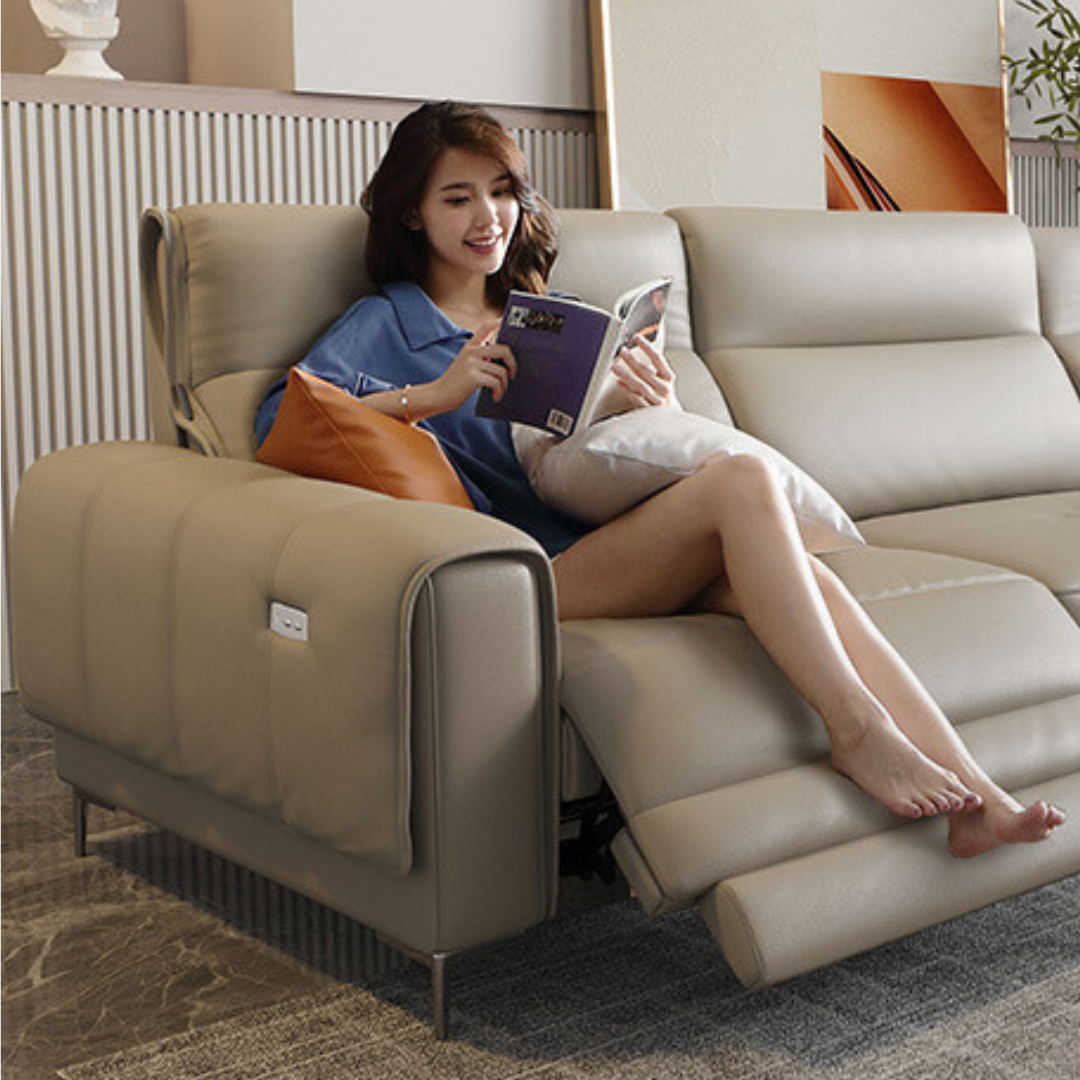The other day a friend who runs a small cafe called me up and said that he wanted to refurnish his cafe. Biuy some restaurant furniture. He did not want anything that was 'too high end' in terms of quality. He did not want "beautiful home furniture", just something that wouldn't give him a heartache to see being bashed around by his customers.
This thinking is absolutely off the mark.
The benchmarks for a good piece of restaurant furniture are quite different from those of home furniture. Furniture for food & beverage (F&B) outlets must be sturdy above all else, in order to stand up to being used day-in and day-out for years on end. The delicate finish of some premium home furniture is not always appropriate for a F&B environment. F&B customers need to set their expectations right in order avoid to disappointing themselves. Expense does not equal sturdiness, just as beauty doesn't always equate to functionality, and sophistication, to ease of use.
F&B does not mean cheaper. This is especially so for new F&B entrepreneurs. Here is a 10-point checklist of factors that you need to consider before making a chair purchase for your cafe or restaurant. The checklist for a home chair is quite different.
Stackability
Hygiene is critical to a F&B operation, and cleaning the floor is a basic day to day necessity. Stacking up restaurant chairs to leave the floor clear for easy access is therefore likely to be one of your most important requirements.
Stackable chairs also offer the advantage of easy portability and storage, allowing you the flexibility to easily handle temporary changes in location (for catering), or rapidly rearrange your dining area for special functions.
Many stackable chairs are also designed with holes or looping armrests, which allow stacked chairs to be chained and secured to a fixed structure to prevent theft. This will allow you to leave your outdoor furniture in place rather than moving it indoors for storage after each working day. Many establishments leave their restaurant furniture on their veranda or porch overnight after closing.
Comfort (Fast turnaround, or long stay?)
Comfort can help determine how long your customers linger on the premises. If you want your customer to hang around longer and continue making orders, such as a Tiong Bahru cafe, comfort becomes imperative. If you are a Shenton Way casual-dining restaurant for whom quick turnaround is desirable, a basic chair or stool with hard seat will suffice.
Choose your seat cushions/type carefully. This choice includes many considerations such as foam stiffness, upholstery material, abrasion resistance, fire-retardant properties, scratch resistance, edge curvature, and solid seat type. These factors determine not only comfort but also safety, ease of maintenance, lifespan, and design integration. The considerations for restaurant furniture are quite different from home furniture.
The angle of back rest differs from chair to chair. Lounging chairs should feature more oblique angles and allow for a lazier posture. Dining chairs have a more upright back. Stools are excellent for a more casual environment, and where the moving of seats by customers is not an issue (such as in kopitiams).
Strength and Durability
F&B establishments entertain customers of all shapes and sizes, and the furniture in them must stand up to all sorts of use and abuse from them. Structurally weak furniture runs the risk of being broken and requiring replacement, which drives up operating costs.
A good way to ascertain the strength of a chair is the ‘Rocking on Two Legs’ test. This involves tilting a chair backwards and up onto its two rearmost legs, while resting your weight on them.
Home chairs will seldom suffer such abuse, but Bars and informal F&B places need very sturdy chairs. Plastic, acrylic and parson chairs usually do not pass this test. The more formal the restaurant, the more well-behaved customers are likely to be, and therefore this test is less critical then.
Stability and Structure
To test a chair's stability, sit down on it and then shift your butt around in a circular motion. Doing so tests the lateral strength of a chair. The downward strength of most chairs is quite sufficient, but lateral strength tends to vary widely. As you rock around the chair, feel for instability, noise, sway and leg bending. Get a second person to observe you as you perform this test. A stable chair makes for a happy diner.
Consider the Stretchers
Stretchers are pieces of wood that join the legs of chairs. This stiffens the entire chair structure. Chairs with U shaped stretchers are popular with coffee chains because it make the chair much stronger.
Stretcher heights at the right levels for bar stools are important. This allows for the feet to rest comfortably. Such stretchers have dual functionality; for strengthening as well as for ergonomics.
Armrests or no armrests?
You will often see chairs stacked upside-down on tables at restaurants during closing time. This is done to allow easy cleaning of the floor. If the chair has an armrest, or a hard, smooth seat, or is too big, then this is not possible. Is this one of your key requirements to meet hygiene standards? Armchairs are usually for higher end establishments.
Furniture Height
There are three basic heights for commercial chairs; Dining (45cm), Counter (60cm), and Bar (75cm). Counter-height chairs are more appropriate for home use. Ideally, the height of the chairs should fit those of the tables for a comfortable dining experience. The height of the backrest will also determine the comfort and overall look of your cafe.
Materials
Wood is good for most establishments, as it is comfortable, ages well, and is easy to repair. A well-worn and used wooden chair or table acquires a character of its own as the years pass.
Metal is cold to the touch, but adds a rugged, industrial aesthetic that is increasing in popularity nowadays. Metal chairs are also sturdy, reliable, and easy to clean.
Plastic Chairs are excellent in terms of strength and durability, but risk of appearing cheap and disposable if they are not of a high quality. Modern plastics such as ABS (Acrylonitrile butadiene styrene) and PE (Polypropylene) offer a variety of looks, both gloss and matte.
Acrylic chairs can have a striking, transparent appearance, however the same chemical properties that allow light to shine through the material unhindered also make it brittle and likely to snap rather than flex under pressure, creating in this case an unfortunate trade-off between form and function.
Composite Chairs look good and are very functional, being able to combine the best properties of their constituent materials. A wooden seat mounted on a metal frame, for example, can offer the warmth and relative comfort of wood while retaining the lower cost and high durability of metal. Composite designs are becoming more affordable thanks to advances in industrial manufacturing, making this trend likely to remain strong for the foreseeable future.
Maintenance
Maintenance can be time consuming if you choose the restaurant furniture. Don't take this concern too lightly – avoidable maintenance can be a major unforeseen waste of money and manpower.
Don't choose a hard-to-clean fabric. Permeable fabrics are not the ideal choice for an environment where open containers of stain-happy food and drink are in abundance – a single upset wine glass or bowl of curry might result in unsightly and unhygienic stains that are expensive, difficult, or time-consuming to remove.
PVC is the best upholstered material for a food and beverage environment, as it is resistant to spills and stains, returning to a state as good as new after being wiped with a damp cloth. Hard seats are just as good for cleaning, but may not be the most comfortable to sit on for extended periods of time.
Seats with weaving are not advisable. Food particles and dirt can get trapped easily, and woven surfaces only require a single point of failure to come undone - once a cord end is freed, it can be subjected to further tugging and pulling in the process of use, and soon the entire weaving can come loose.
Chairs with bolts and nuts will need them to be tightened regularly. It’s often best to choose chairs with the least amount of small parts. Welded steel structures and glued wooden joints require little to no maintenance. This engineering approach also makes for a stronger chair.
Weight and Size
Size is important. This can determine the seating capacity of the restaurant, and its ambience as well. Large tables are great for family settings such as traditional Chinese restaurants, whereas small tables create a more romantic ambience as diners are naturally in closer proximity.
A restaurant chair should never be too heavy. It should be easy to pull in and out from under its table. This improves service to your customers, who can easily adjust the seat position to suit their own comfort. Lighter chairs also reduce damage to the floor and stresses on the chair itself.
Tables however need to be heavy and stable. A rocky table can result in a bad review regardless of the food quality or service. Choosing the right restaurant furniture is critical.
Conclusion
Choosing a chair is tough enough. Choosing a table is just as tough. Furnishing an entire establishment is even tougher. All we have provided is a simple list for an indoor chair. As always, real life is far more complicated.
Follow our facebook page for the latest deals.

